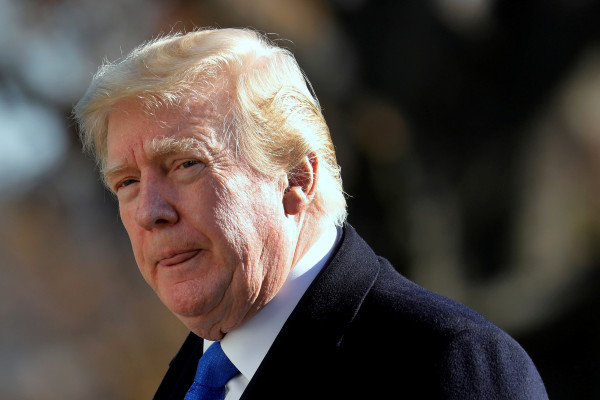Assassination Attempt on Trump: Authorities Seek Motive Behind Attack at Rally

In a shocking turn of events that has sent ripples through the American political landscape, former President Donald Trump narrowly escaped an assassination attempt during a campaign rally in Butler, Pennsylvania on Saturday evening. The incident, which left one attendee dead and two others critically injured, has sparked a nationwide manhunt for answers as authorities scramble to uncover the motives behind the brazen attack.
The assailant, identified as 20-year-old Thomas Matthew Crooks of Bethel Park, Pennsylvania, opened fire on Trump approximately six minutes into the former president's speech. According to eyewitness accounts and law enforcement officials, Crooks had positioned himself on the roof of a building about 150 yards north of the stage, just outside the rally's security perimeter.
In the chaotic moments that followed, Secret Service agents rushed to shield Trump, who suffered a minor injury to his right ear. "I was shot with a bullet that pierced the upper part of my right ear," Trump later posted on his Truth Social platform. "I knew immediately that something was wrong in that I heard a whizzing sound, shots, and immediately felt the bullet ripping through the skin."
The FBI has taken the lead in investigating the incident, characterizing it as a potential act of domestic terrorism. However, the absence of a clear ideological motive has left investigators puzzled and fueled rampant speculation.
"I urge everyone — everyone, please, don't make assumptions about his motives or his affiliations," President Joe Biden said in remarks from the White House on Sunday. "Let the FBI do their job, and their partner agencies do their job. I've instructed that this investigation be thorough and swift."
The tragedy claimed the life of Corey Comperatore, a 50-year-old former fire chief described by Pennsylvania Governor Josh Shapiro as an "avid supporter of the former president." Two other attendees remain in critical condition.
Questions are now swirling about potential security lapses that allowed Crooks to breach the perimeter and gain a vantage point with a clear line of sight to the former president. Butler County Sheriff Michael Slupe told the Associated Press that local law enforcement had spotted Crooks acting suspiciously near the magnetometers before the rally began, but were unable to locate him before he made his way to the roof.
As the investigation unfolds, details about Crooks' background have begun to emerge. Described by former classmates as a loner who was often bullied in high school, Crooks had recently been working as a dietary aide at a nursing home. His family, who are cooperating with investigators, have expressed shock and confusion over his actions.
The incident has reignited debates about political polarization and the safety of public figures in an increasingly tense political climate. It marks the first time since John Hinckley Jr.'s attempt on Ronald Reagan's life in 1981 that a current or former president has been shot at.
Despite the gravity of the situation, Trump appeared defiant in the aftermath of the attack. Before being whisked away by Secret Service agents, he raised his fist to the crowd three times, mouthing "Fight!" to his supporters.
As the Republican National Convention approaches, set to begin on Monday in Milwaukee, the incident has cast a somber shadow over what was expected to be a triumphant moment for Trump's campaign. The former president's team has indicated that he plans to attend the convention as scheduled, though security measures are likely to be significantly heightened.
The shooting has drawn bipartisan condemnation, with leaders from across the political spectrum denouncing the violence and calling for unity. President Biden, who spoke with Trump by phone on Saturday evening, described the attack as "sick" and emphasized that there is "no place in America for this kind of violence."














